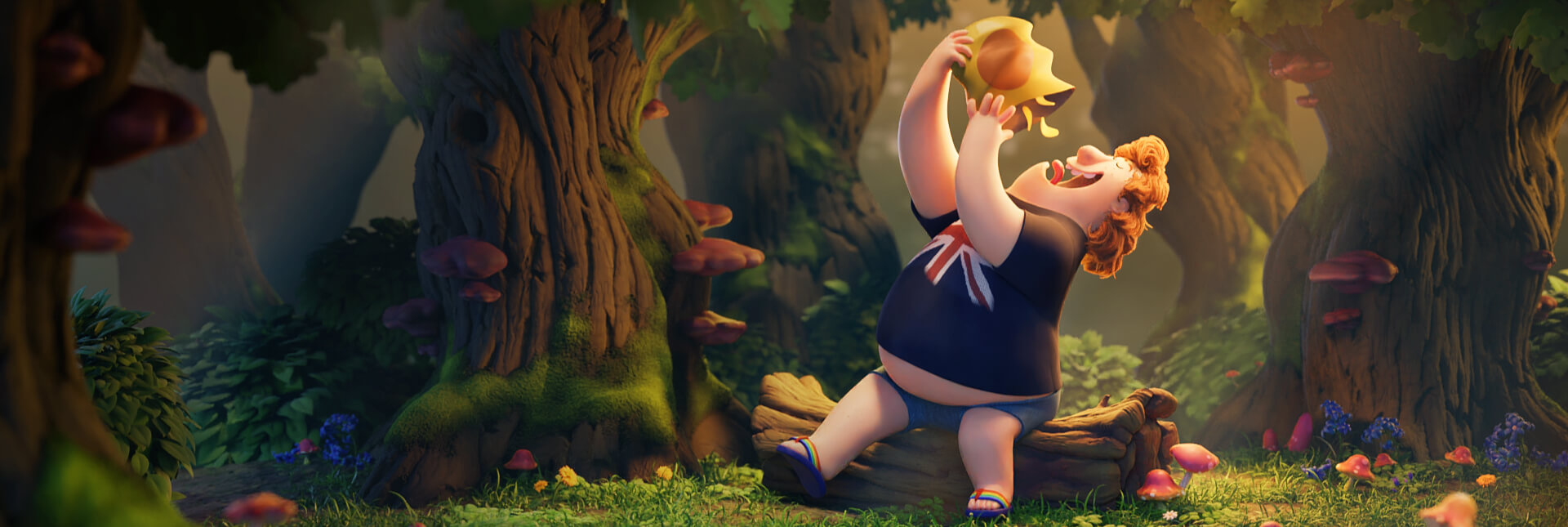3D animation
has a long and fascinating history that has revolutionized the world of visual storytelling. From its humble origins in the seventies to the most advanced techniques of today, 3D animation continues to push the boundaries of innovation and technology.
Let's take a look at some of the key moments that have shaped the evolution of 3D animation.

Origin
In the 1970s, pioneers in computer graphics began experimenting with simple wireframe models, and their first major success came with the short film "Westworld" (1973). The film combined a simple, hand-drawn 2D animation with a 3D wireframe model to depict a computer-controlled hand. This breakthrough sparked the imagination of artists and computer scientists, paving the way for future developments.
Advancement in Computer Graphics
In the 1980s, the rise of graphic computer technology occurred. This led to the development of 3D modeling software such as AutoCAD and Advanced Visualizer. With these tools, artists could create complex 3D objects and scenes, but the rendering power was still limited, making it difficult to create realistic animations.
The history of computer graphics for 3D animation began modestly in the 1970s and 1980s but quickly grew with the emergence of commercial software like 3D Studio and Maya in the 1990s. In the early 2000s, these programs remained dominant, but we also saw new players like Pixar's Marionette and Cinema 4D.
By the mid to late 2000s, the industry further evolved with software such as Houdini and Nuke. Now, in the modern era, we see a thriving diversity of software, with names like Blender, alongside powerful real-time engines such as Unreal Engine and Unity, offering new possibilities for animation and visual effects.

Jump to Pixar
Pixar made its first breakthrough in the 3D animation industry in 1986 with "Luxo, Jr.," a groundbreaking short film featuring the world's first photorealism in 3D animation. This film showcased the potential of 3D animation for storytelling and paved the way for the studio's later success with feature films like "Toy Story" (1995), the first of its kind.
Advancement in Rendering
As computing power improved, so did the rendering of 3D animations. Developments such as ray tracing and global illumination enhanced the lighting and shadows of animated scenes, dramatically improving their visual quality. Films like 'Shrek' (2001), 'Finding Nemo' (2003), and 'Avatar' (2009) all demonstrated the power of these advancements.
Motion Capture
In the early 2000s, motion capture technology underwent a revolution with the introduction of digital character animations, capturing movements from real life and converting them into digital character animation. This technique introduced an entirely new meaning to the term 'motion capture,' as it enabled a higher level of realism in characters, as well as more natural and nuanced performances. Motion capture blurs the boundaries between animation and live-action.
3D animation has come a long way, from its humble beginnings to the most modern technology. Computer graphics, rendering, motion capture, simulation, and real-time rendering have continuously improved the quality and innovation of 3D content.
As technology advances, the potential of 3D animation continues to expand, allowing audiences to experience even more stunning and immersive experiences in the years to come.
There are different styles of 3D animation that can be used,
Depending on the purpose of the animation and the message, here are some examples of different 3D animation styles:
1. Realistic style: This style aims to be as realistic as possible and utilizes high-quality graphics and effects to achieve this. It can be used, for example, for simulations or product demonstrations.
2. Stylish style: This style focuses on creating a unique visual identity and often employs more abstract graphics and effects to achieve this. It can be used, for example, for brand identity or for creating music videos.
3. Cartoon style: This style is inspired by the traditional 2D animation style and often features cartoonish graphics and effects. It can be used, for example, for children's animations or to create a humorous atmosphere.
4. Photorealistic style: This style aims to be as close to reality as possible and uses high-quality graphics and effects to achieve this. It can be used, for example, for visualizing architectural projects or for making nature films.